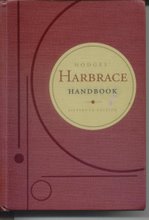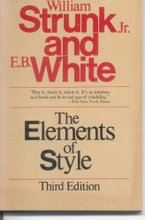Harbrace 17d advises us: Use the colon as a formal introducer to call attention to what follows and as a mark of separation in time and scriptural references and between titles and subtitles.
(1) The colon directs attention to what follows: an explanation or summary, a series, or a quotation.
These days, the colon has two problems:
1) In the lines above, in 14-point Garamond type, you just can't see it! In e-mails, everybody uses a dash to introduce things.
2) An epidemic of unnecessary use. "It drives me crazy when folks now use it before any list," writes English teacher-turned-headmaster Jeff Walkington. "But I hate to see it split a verb and its object, a preposition and its object, etc."
This can be fixed by a visit to Harbrace 17d(3): Do not use superfluous colons.
Be especially careful not to use an unnecessary colon between a verb and its complement or object, between a preposition and its object, or after such as.
NOT The winners were: Pat, Lydia, and Jack
USE There were three winners: Pat, Lydia, and Jack
OR The winners were as follows: Pat, Lydia, and Jack.
OR The winners were Pat, Lydia, and Jack.
NOT Many vegetarians do not eat dairy products, such as: butter, cheese, yogurt, or ice cream.
USE Many vegetarians do not eat dairy products, such as butter, cheese, yogurt, or ice cream.
Subscribe to:
Post Comments (Atom)







No comments:
Post a Comment